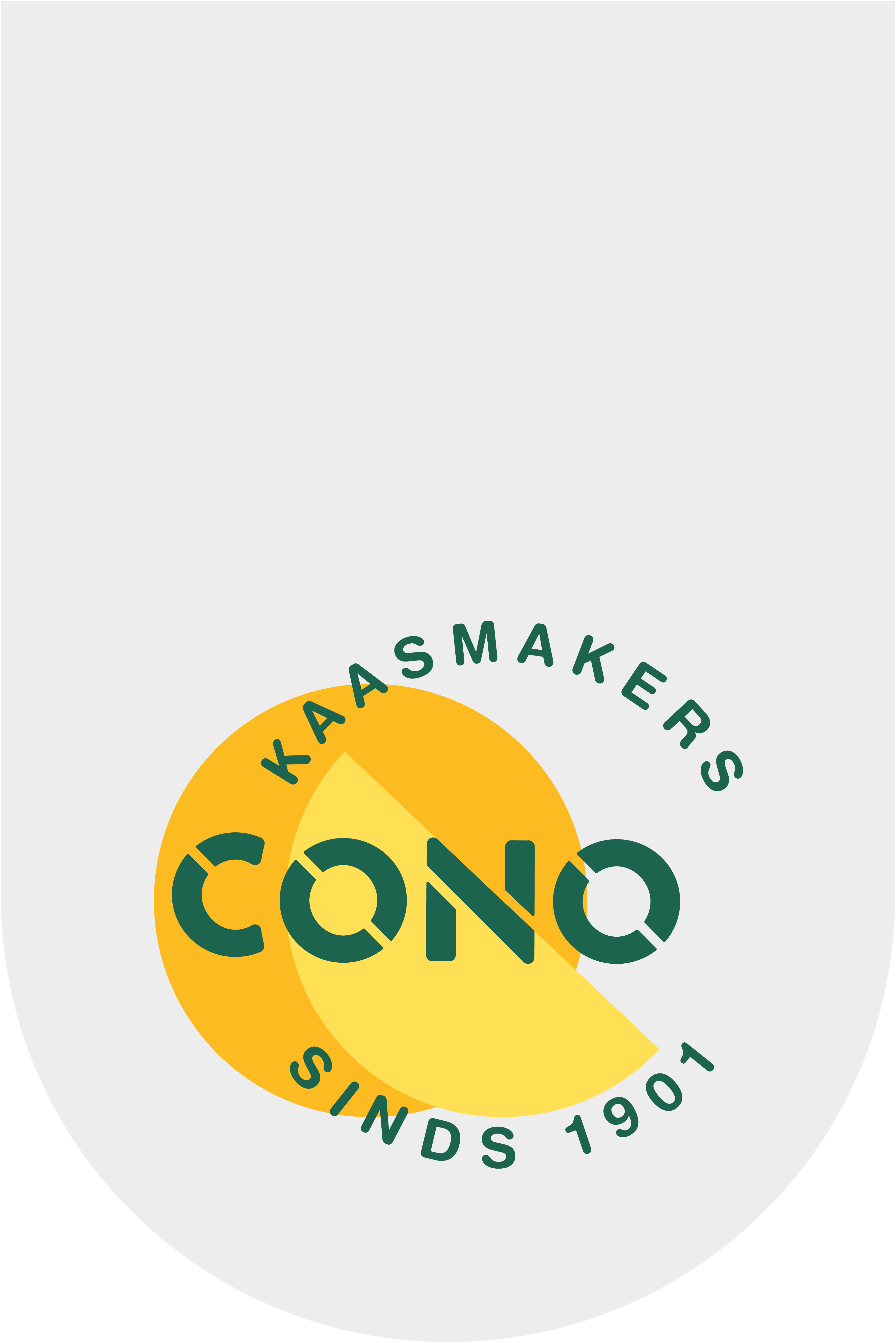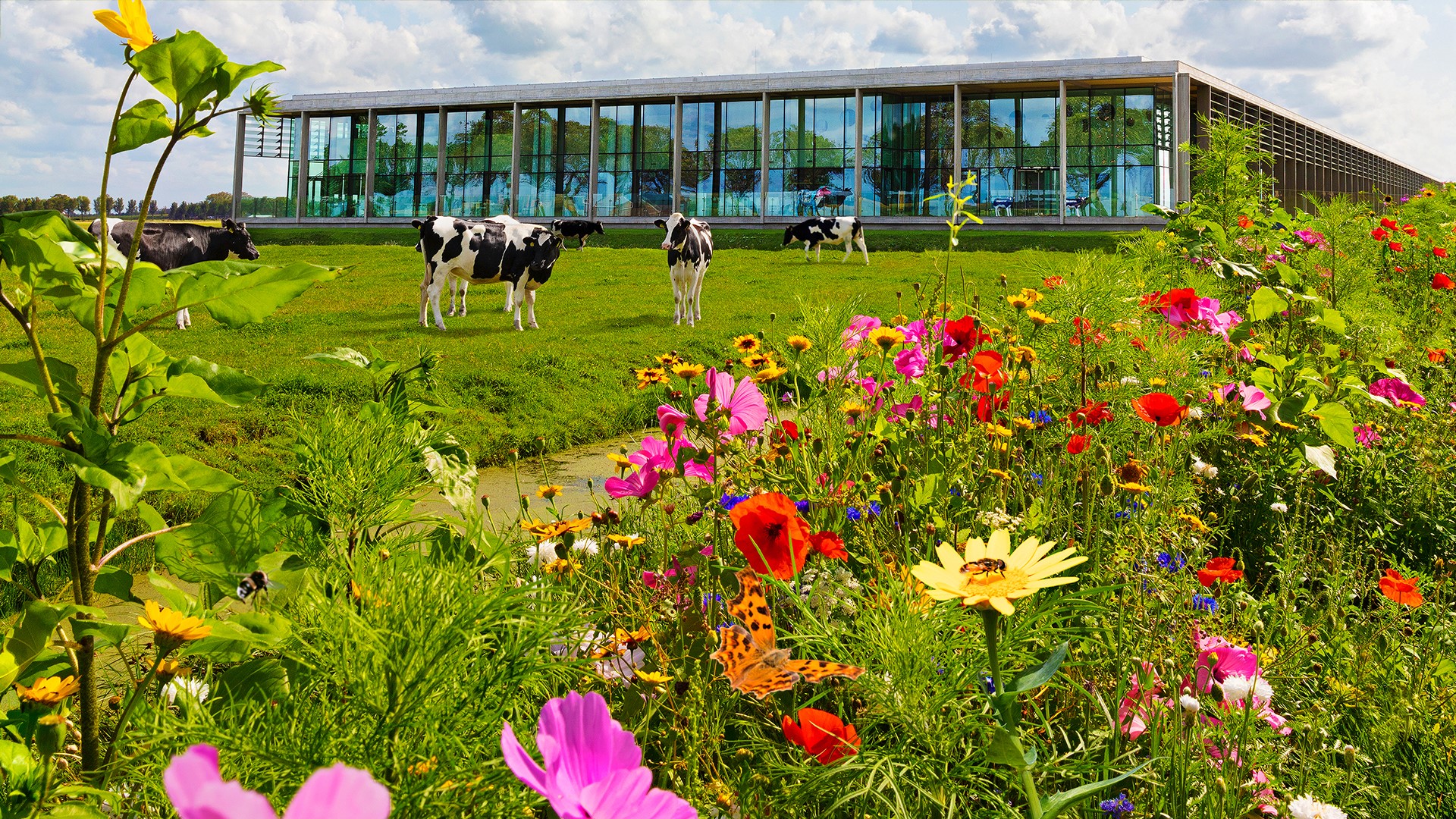Caring Dairy is a sustainability programme for dairy farming and aims for continuous improvement within four themes:
- Happy cows
- More grass & biodiversity
- Better climate & environment
- Socially involved
These themes are monitored and evaluated for the entire cooperative and at farm level. Each dairy farmer draws up an annual improvement plan to be implemented in his company.
Programme components
Caring Dairy consists of the following components:
Workshop programme
The workshop programme contributes to increasing knowledge in the field of sustainable dairy farming. Every dairy farmer follows three workshops every year.
In the workshops, the dairy farmers discuss their improvement plan, the bottlenecks, chosen strategies and measures with an expert and fellow dairy farmers. Workshop themes include: outdoor grazing, own protein first, animal health, business economics, climate, farming with nature, soil, circular agriculture and communication.
Every CONO dairy farmer who participates in the Caring Dairy programme receives a fixed premium of 75 cents for every 100 kilos of milk.
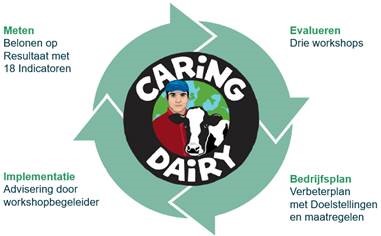
Rewarding for results
Within the Caring Dairy themes, 18 sustainability indicators have been named. Through the reward for results scheme, dairy farmers receive an extra reward every year if they achieve above-average results for the sustainability indicators. For each of these indicators, CONO pays 5 cents per 100 kilos of milk, to a maximum of 75 cents. Extra. On top of the participation premium of the workshop programme.
Caring Dairy themes
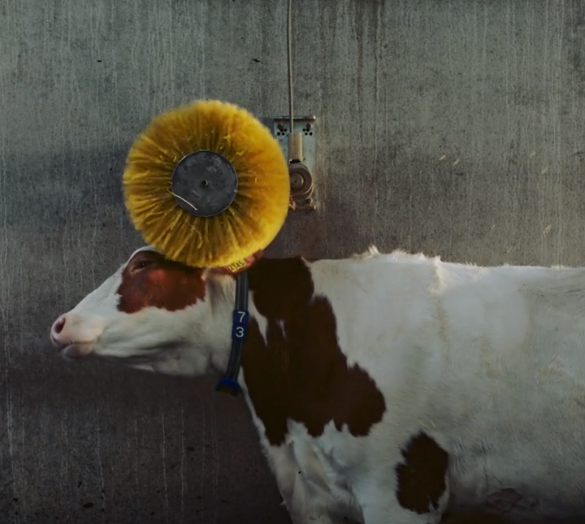
Happy cows
Animal welfare is very important to CONO. Happy cows, we call that. CONO cows graze on fresh grass in the meadow as soon as and as long as nature permits. Animal welfare is about good nutrition, housing, natural behaviour and health. Thanks to the care provided by the farmer, the cows are getting older and need less antibiotics. The cows have plenty of space in the pasture and in the stable, where soft beds and cow brushes are available. Cows that live longer in good health are sustainable in many ways: animal welfare speaks for itself but an older cow is also better for the climate and increases the dairy farmer's job satisfaction.
More grass & biodiversity
Land farming, outdoor grazing and a ration of grass go hand in hand. It is actually very simple. Everything a cow eats is reflected in the milk, and thus in the cheese. Land-based companies with a lot of grassland and outdoor grazing produce a lot of protein from their own grass. Increasing feed consumption and reducing inputs such as feed concentrates are part of closed substance cycle farming. Grass and clovers are nitrogen fixers and directly supply protein from our own soil. The CONO farms are largely self-sufficient with their own feed/protein thanks to grass. Permanent grassland and for example herb-rich grassland is very sustainable because it improves soil health, increases biodiversity and fixes carbon (CO2) in the soil.
All CONO dairy farmers feed their cows concentrate without genetically modified ingredients. We follow the German VLOG quality standard, which requires the entire chain to be GMO-free. From grass to cheese. So both the corn, wheat or sugar beets from their own land (that is already regulated in European legislation) and the soya and rapeseed in the concentrated feed that is brought in from elsewhere in the world. In addition, it must be ensured that the cows do not come into contact with genetically modified products through the feed of other cattle on the farm. CONO milk is therefore 100% GMO-free. And the members receive an extra cent for this.
An average ration consists mainly of grass. The good thing is that fresh grass, of which we luckily have a lot in our country, is full of protein. Plus some sugar. And therefore forms the best basis for good milk quality with an optimum fatty acid composition. The more food the cows eat naturally, the less concentrate they have to buy from elsewhere.
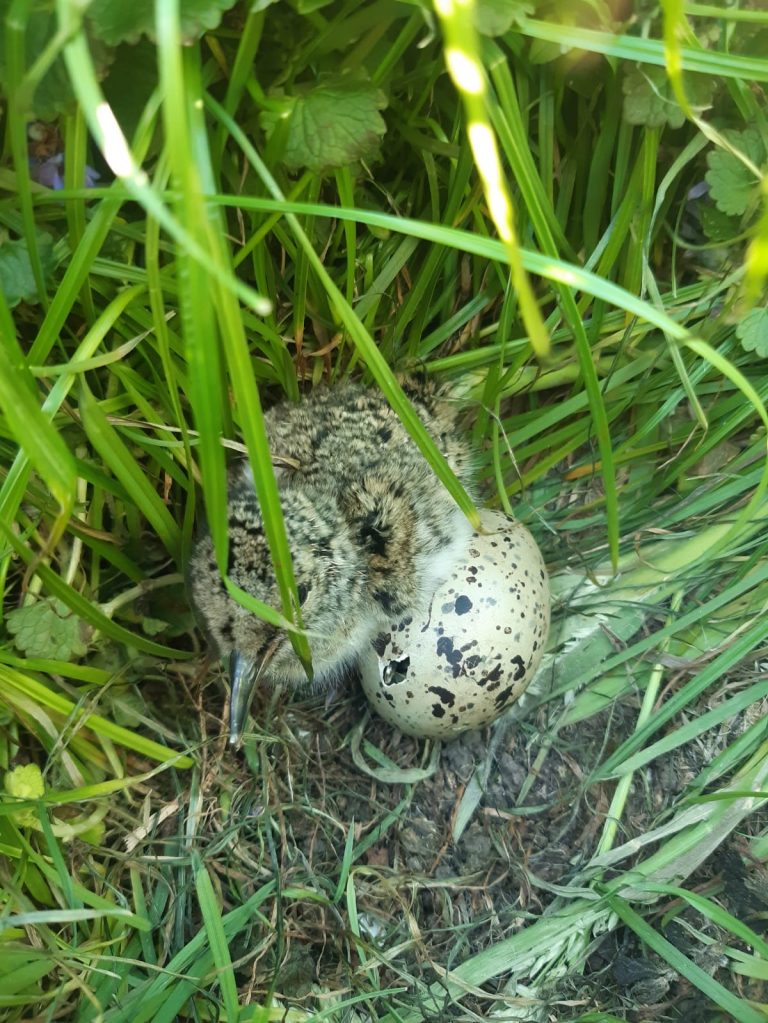
Better climate & environment
The balance on the dairy farm between healthy cows and healthy soil is the basis for regional cycles. It reduces the climate impact and provides more space for (agricultural) nature such as meadow birds, swallows, herb-rich grassland and also flowery borders. Land-based companies with a good balance in the cow-manure-soil-plant cycle limit mineral losses. Nitrogen losses are limited with the nitrogen fixing grasses and clovers.
Energy consumption on the farm is low and generated sustainably using solar panels or wind turbines. Dairy farms with energy surpluses supply electricity to the CONO cheese factory.
The use of crop protection products is very low and there is a ban on glyphosate (Roundup).
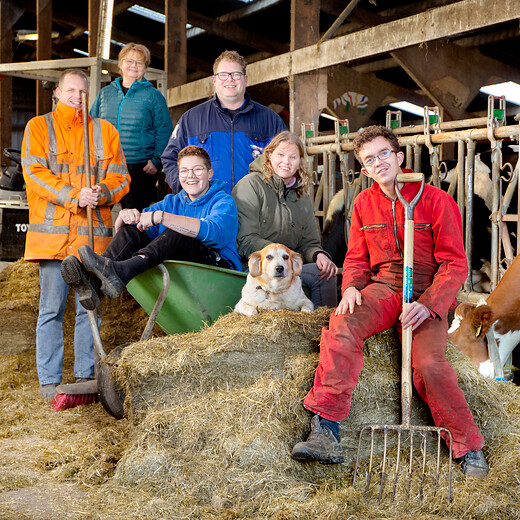
Socially involved
CONO dairy farmers are in the midst of society and often open their farms up to visitors during open days, cow-in-the-weather days and through meeting rooms and farm shops. There are even CONO farms with child day care, farm education and day care for care clients. These so-called side branches provide an extra source of income on the farm. Often, such a side-branch is run by a family member. The farmyard is bustling with activity thanks to visitors, customers of the farm shop and all family members who pull together the strings. A good example of a real new trend: the emergence of short food chains.
Want to know more?
Want to learn more about exactly what Caring Dairy is, and what its purpose is? Then take a look here the certification program. This will give you an idea of the requirements and read more about the supervision and monitoring of the program.
